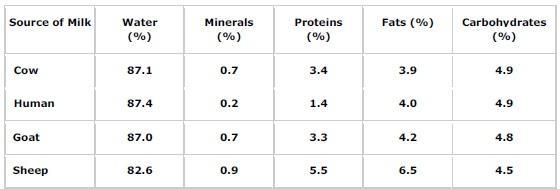Amazoniac
Member
Supporting the idea that taurine can be useful along with casein, the experiment found by Zeus used cow's milk:
Taurine Dramatically Improves Protein Utilization From Food
↳ Taurine supplementation prevents hyperaminoacidemia in growing term infants fed high‐protein cow's milk formula
Taurine Dramatically Improves Protein Utilization From Food
↳ Taurine supplementation prevents hyperaminoacidemia in growing term infants fed high‐protein cow's milk formula


